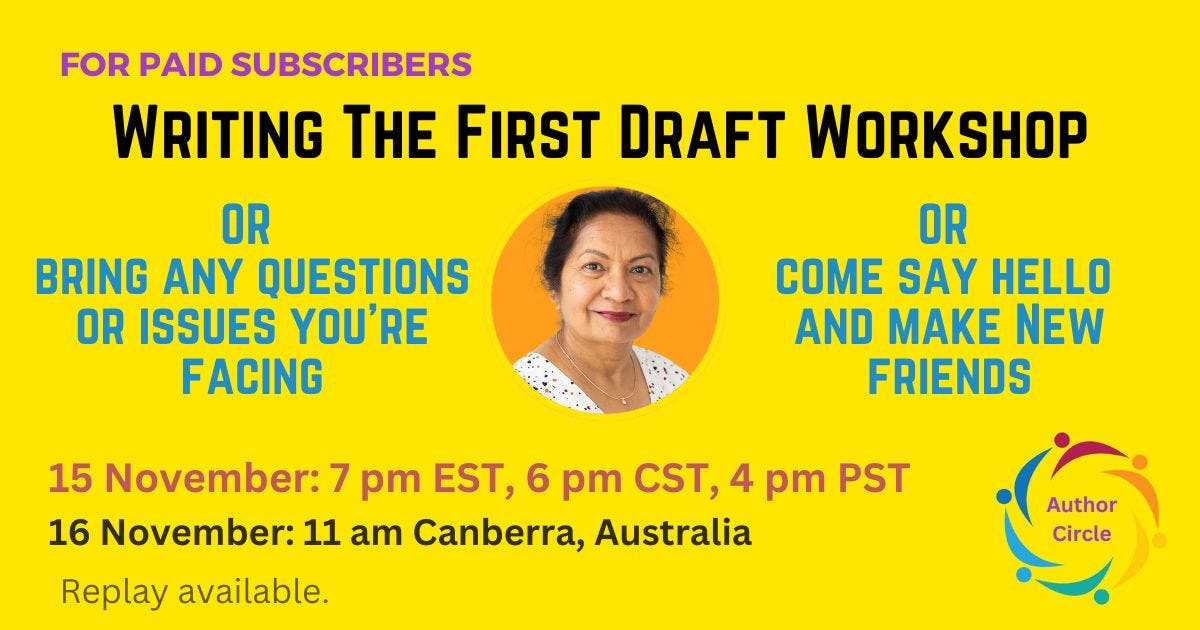Writing is hard.
There’s no doubt about that.
But there are ways to make it easier.
One of them is to turn it into a challenge—writing a set number of words every day for a specific period. That’s what we’re doing with the November Book Writing Challenge.
We’ve just wrapped up Week 1 of writing our books. The first week is usually the easiest. We start with plenty of material, we’re mentally prepared, and we’re excited to test our limits. The words flow, and we often exceed our goals. I’ve been writing over 2,000 words daily, even though my goal is 1,667.
Then comes Week 2, and the momentum wanes. Life gets in the way, we miss days, we run out of ideas, and, before we know it, we’re tempted to give up.
When we challenge ourselves, we usually rise to the occasion. But even with a challenge, motivation can slip. When that happens, I use the ‘Goldilocks Rule’ to stay motivated.
Picture this: you’re playing a new board game with friends. The game is so difficult that, despite hours of effort, you can’t even score a single point. Frustration builds, and eventually, you want to give up.
Now imagine the opposite.
The game is so easy that you win every time with zero effort. While your ego might get a boost, the excitement would fade quickly, and you’d probably lose interest.
In both cases, motivation fades because real motivation requires a challenge that feels “just right”—not too difficult, but not too easy. Just like Goldilocks!
The ‘Goldilocks Rule’ applies to writing too. If the book you’re writing feels too easy, you’ll get bored. If it feels too hard, frustration will likely follow.
So, ask yourself: What can you do to keep writing interesting?
You might need to scale things up a notch to stay challenged.
Here are a couple of ways you can do that.
Dive Deeper with some research. Add a layer of depth by researching a particular topic more thoroughly. For non-fiction it could mean finding primary sources, historical context, or expert interviews to enrich your topic. For a memoir it could mean interviewing family members or friends to get different perspectives.
Try changing the narrative structure. For a memoir, you could weave in multiple timelines or alternate between past and present events. In a non-fiction book, consider mixing case studies, anecdotes, or create hypothetical scenarios to illustrate key points.
Or, maybe you need to scale back to create a few quick ‘wins’ and build momentum.
Here are a few ways to scale writing down.
One way to do this is by focusing on smaller sections or simpler goals. Instead of tackling an entire chapter, try writing a short, self-contained story or memory. Pick a specific subtopic or a list of quick tips you can flesh out in one sitting. Or just write dot points. A long list of dot points. For a memoir, you could write a vivid description of a single event—like your first day at a new job, a family holiday, or a memorable conversation.
Another way to ease into writing is to try free writing. Free writing is simply letting your thoughts flow onto the page without stopping, without regard for spelling, grammar, or any of the usual rules of writing. You can write about your book topic, or just write whatever comes to mind. Free writing can help clear mental blocks, spark new ideas, and remind you of the joy of unstructured creativity.
There’s no right or wrong way. This is something to regularly calibrate each day.
By writing smaller sections and or engaging in free writing, you’ll create a sense of progress and accomplishment, building momentum for the larger, more challenging parts ahead.
I am holding a workshop to tackle the challenges of Writing The First Draft next week. Bring your challenges or come along for motivation. If nothing else you’ll make new friends.
Zoom link is below.



